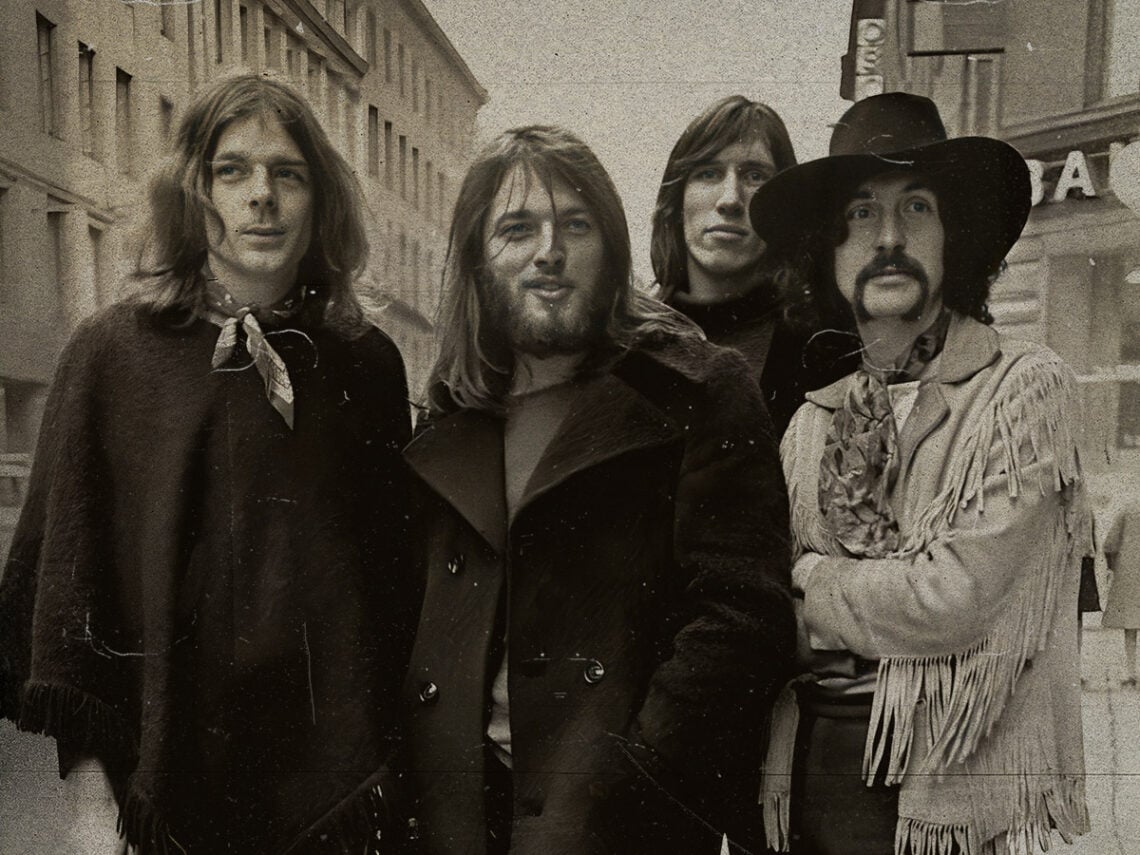It is an oddity of cultural history that Pink Floyd ended up with a record that ranks among the best-selling of all time. From the get-go, the band seemed too experimental to take dominion over the mainstream in a manner that over 45 million sales of a single album suggest. If anything, this huge success is a sign of their mastery of their craft.
After all, Dark Side of the Moon is still a very experimental album in itself, incorporating sound collage into classic rock and unleashing a concept that still has many reeling. However, it seems as though the lofty heights that they suddenly reached with the record, so soon after a period where David Gilmour said they “didn’t know what on earth we were doing”, left them scrambling back to familiar disenfranchised territory.
With regaining comfortable obscurity once more in mind, they decided to delve into depths of weirdness hitherto unknown following their 1973 breakthrough. The album they figured would get them there was Household Objects. For this strange experiment, the band decided to ditch their typical instruments and instead create an album very far from the lunar surface, using strictly domestic objects.
Cymbals would instead be pencils tapped against the side of wine glasses, droning bass would actually be someone blowing into a vase, and any synthesised hiss would be conjured from a steaming kettle. While that might sound like par for the course for big fans of the band, imagine being a convert to their oeuvre following the success of Dark Side of the Moon, and suddenly, the follow-up you’ve been hotly anticipating features a vacuum cleaner solo.
Furthermore, it is highly indicative of the artistically-led approach to A&R that the band were even allowed to consider this approach while printing cash for their label like counterfeiters. It’s incredulous in the modern era to think that bands were given a free license to express themselves after hitting success in the hopes that something fruitful would come from it.
However, the experiment got the better of them, and they struggled to wrestle their assortment of sounds into finished songs, and the project was scrapped halfway through. Once more, they were better off for it, though. Just as biting off more than they could chew for the – according to Gilmour – “rubbish” Atom Heart Mother made them “more prolific”, Household Objects encouraged them to get back to the drawing board, and they eventually returned with Wish You Were Here, and turned a wine glass experiment into ‘Shine On You Crazy Diamond’.
You can check out one of the surviving artefacts below.



